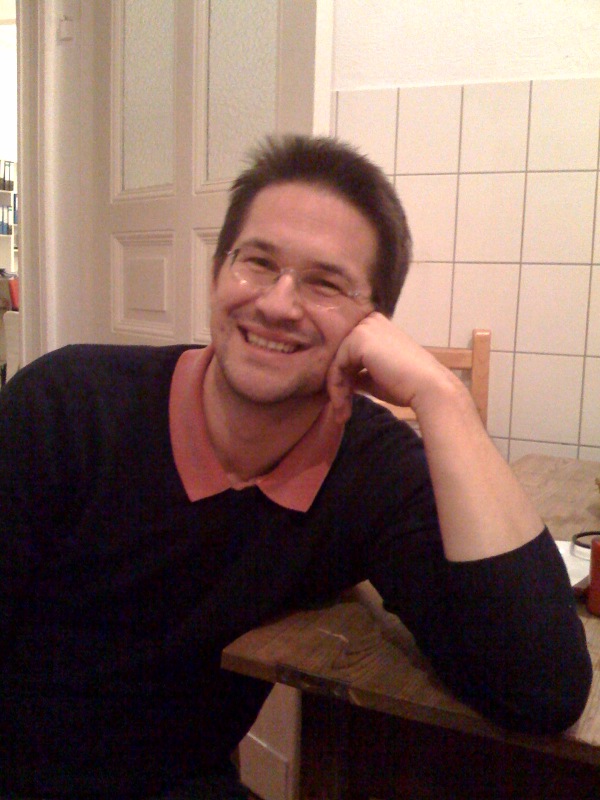In High Fidelity, Nick Hornby’s novel about “young middle-class people whose lives are beginning to disappoint them, making too much noise in restaurants and clubs and wine bars”, the main hero has many problems, including often losing the plot, “the subplot, the script, the soundtrack, the intermission, his popcorn and the exit sign.” He also regularly misses the plot when it comes to matters of the heart.
At the same time Rob has a strange and entertaining addiction: making lists of his personal best ofs. Thus the book starts with a list of his “desert-island, all-time, top five most memorable split-ups.” Many other lists follow: the top five floor fillers at Groucho dance Club. The four reasons his love, Laura, left him. Reasons to hate Sundays. His five dream jobs. And at the end the top five great records of all time.
I read High Fidelity while travelling to New York this autumn. This comes in handy now as a source of inspiration. Of course, this is a serious site, dealing with serious issues, but now that most readers will have gone on vacation why not conclude the year with a list of Rumeli Observer’s (RO) personal list of “best of”?
So here they are: Rumeli Observer’s Top List 2008
- favourite book in 2008: Easy to guess: Malcolm Gladwell’s Outliers – The Secret of Success. It has been praised on these pages before. Since then, those friends of mine who have actually bought and read it, have been as impressed as I have been. Thus I need not hesitate to recommend it here again.
- favourite history book in 2008: Not much of a surprise either: rereading it while preparing to make a documentary about this very city, Mark Mazower’s Salonica is the best introduction to one of the most fascinating urban experiences in the world.
- favourite place in 2008: This is the place where we were most likely to have met in the past 12 months: the Gloria Jeans Cafe on the Bosporus in Rumeli Hisari. And where we are most likely to meet in 2009.
- favorite travel book in 2008: The book is older, but it was this year that I fell for its charm: Georgia – In the mountains of Poetry. Even if you do not intend to travel to Tbilisi, read Peter Nasmyth’s fascinating book. After you read it, you will want to go there. And once you are in Tbilisi, you can get more good books in Prospero’s, the bookshop that Peter Nasmyth helped set up.
- other favourite travel book in 2008: One of the most unusual travel books of the year, given its subject, must be Verena Knaus’s Kosovo – The Bradt Guide. It is not competing here, as I am somewhat biased (Verena is my sister), but it is selling very well and so I feel encouraged to recommend it anyways.
- favourite autobiography: Fethiye Cetin’s My grandmother – A memoir. A must for anybody interested in Turkey, Armenia and in the necessity of breaking taboos in this part of the world.
- other favourite books in 2008 on different regions: on the Caucasus Charles King’s The Ghost of Freedom; on France David Andress’ The terror – Civil war in the French Revolution; on the Middle East Mai Ghoussoub’s Leaving Beirut.
- favourite new poem in 2008: Ibn Hazm’s The Neck-ring of the Dove, quoted in The Ornament of the World.
- first new book to read next year, as there was never enough time in 2008: Greg Behrman’s The most noble adventure – The Marshall Plan and the Time when America Helped Save Europe.
- favourite new concept in 2008: “Hypergraphia” – the medical term for an overpowering desire to write. Well …
- favourite speech in 2008: This is an easy choice: Barack Obama’s speech on race relations.
- favourite walk in 2008: Along the shores of the Bosporus in summer, from Rumeli Hisari to Besiktas.
- favorite movie in 2008: Fatih Akin’s The edge of heaven. Where Turkey and Germany become the magic country Turmany.
- favourite comedy in 2008: Woody Allen’s Vicky, Christina, Barcelona. The city, the characters, the music …
- favourite concert in 2008: R.E.M. playing along the shores of the Bosphorus and Michael Stipe calling on the audience to cheer for Obama’s presidential campaign. And then they play Man on the Moon.
- favourite new CD in 2008: Carla Bruni’s Comme si de rein n’etait. I cannot help it.
- biggest (negative) political surprise in 2008: the August war in Georgia; the good results of extreme right wing parties in the Austrian national elections.
- biggest (positive) political surprise in 2008: the defeat of the Radicals in Serbia’s national elections; Barack Obama
Ok, this is getting too serious for an end of year list. So let me conclude my list with my favourite saying of the year: “A creative writer is one for whom writing is a problem.” And please let me know what you would recommend to read and listen to in 2009!
At the end of it all, let me thank Nick Hornby’s Rob for this inspiration. Let me thank all of you – as well as all my colleagues at ESI – for your patience! See you all on these pages next year! Or on the shores of the Bosphorus. Or elsewhere in cyberspace in 2009.

